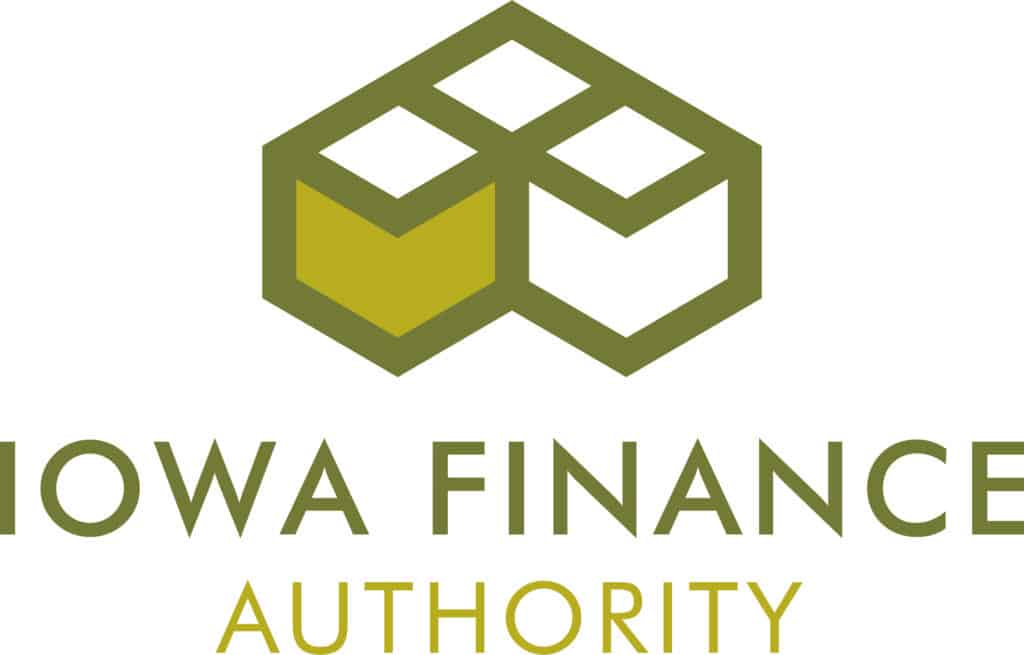Details of Des Moines tax abatement program are falling into place

KENT DARR Oct 14, 2015 | 9:25 pm
2 min read time
473 wordsAll Latest News, Government Policy and Law, Real Estate and DevelopmentA sprawling blob of Des Moines that for years guaranteed a 100 percent, 10-year abatement of property taxes could morph into a spiderlike shape, with the body in the downtown core and its legs following transit corridors and urban renewal areas.
After a year of internal discussion at City Hall and debate at City Council meetings and public hearings, a draft plan will be presented to the council Oct. 26. The proposal would preserve large chunks of the program, which is set to expire Dec. 31.
Community Development Director Phil Delafield said the proposal is being “tweaked,” but support is building for a plan that essentially would shrink the targeted area that offered the lucrative 10-year, 100 percent abatement into what is now called a “spider map,” the concept of which was brought forward by City Councilman Chris Coleman.
Coleman has been part of a contingent on the council that had expressed concern earlier this year about a concentration of large multifamily developments in neighborhoods and asked for a moratorium on such projects. The moratorium would have violated federal housing laws.
Under the proposed plan, those large developments probably will lose favor to row house-type developments of eight units or less.
“There seems to be wide support for row houses on a smaller scale,” Delafield said.
Single-family homes would receive a five-year abatement of 100 percent for three years, then 60 percent in the fourth year and 40 percent in the fifth. Early in the tax abatement discussion, the value of any abatements for new single-family homes had been questioned.
The proposed plan would expand the abatement for the rehabilitation of apartment projects and single-family homes. Under the proposal, those projects would qualify for a 10-year, 100 percent abatement throughout the city.
One goal of city planners has been to improve the quality of existing housing stock, and the expansion of the abatement for rehab projects could help meet that goal.
The city also would continue a 10-year, 115 percent tax abatement for renovations of $20,000 or less. The dollar amount is capped by state law.
New multifamily projects in the redrawn targeted area would continue to fall under a 10-year abatement, but the schedule would change, with 100 percent of property taxes abated for eight years, dropping to 60 percent in the ninth year and 40 percent in year 10.
Delafield said it has been difficult to measure the impact of the existing tax abatement program, leading to strong opinions on all sides of the debate.
“It becomes a very subjective discussion for everybody,” he said.
The draft plan would be third iteration of proposed changes, with initial proposals drawing strong criticism from developers of residential housing as well as some affordable housing advocates.
While some modifications in the proposal are certain to occur, “the major parts of the program are decided,” Delafield said.










